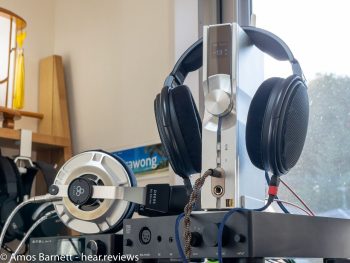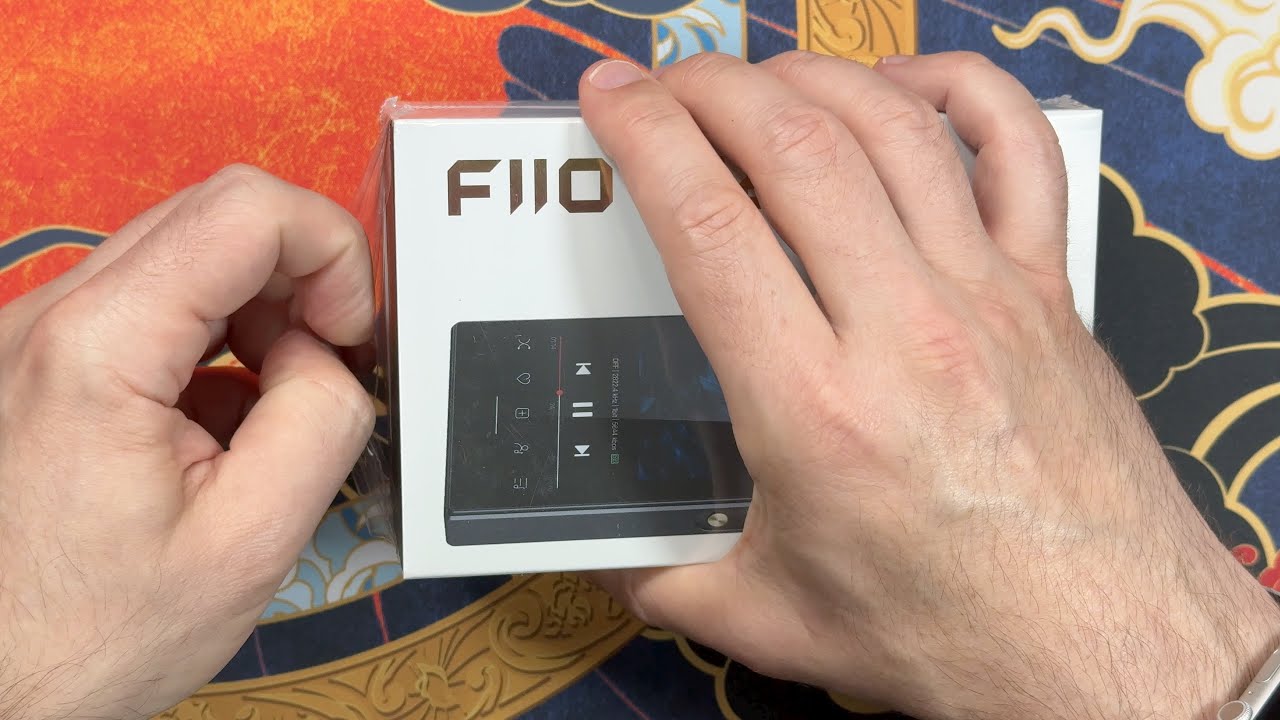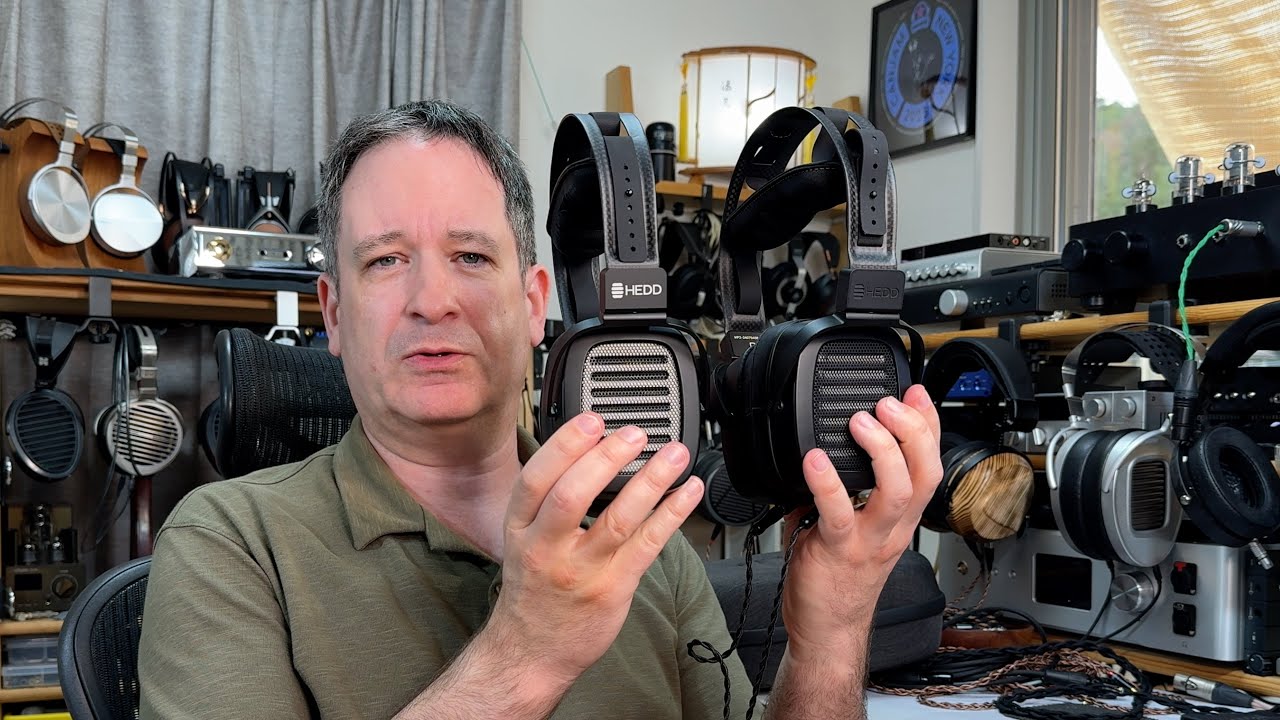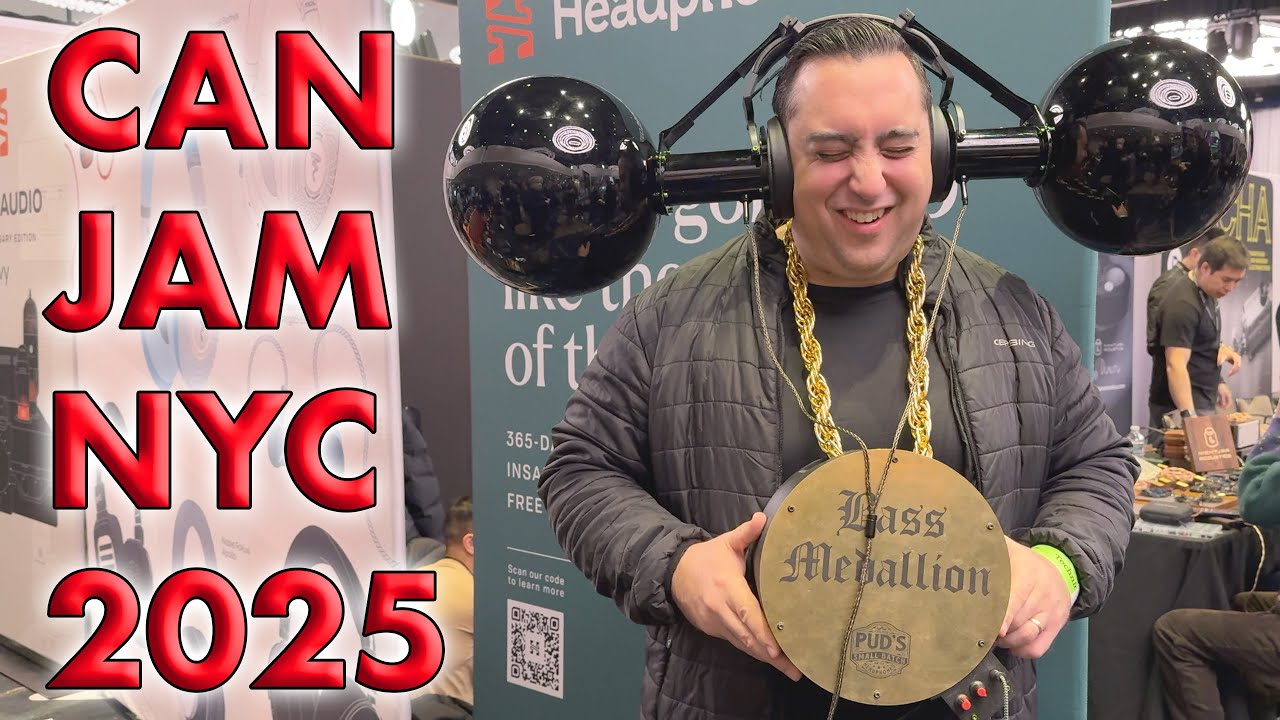Thanks to iFi for sending me the Neo iDSD for review.
Since I reviewed the Pro iDSD DAC and headphone amp, I’ve seen quite a few people ask iFi to make a cheaper version, without all the complexity. The Neo iDSD seems to be the answer to those people.
Unlike the complex Pro iDSD, the Neo iDSD has quite simple and straight-forward functionality. It takes a USB, S/PDIF, or optical digital input and outputs either as a DAC or headphone amp, single-ended or balanced as required.

The power input is a familiar 5V 2.5A, and the Neo iDSD will power straight off the USB input, even if another input is used. Included in the box is an iFi iPower, the use of which will override USB power, if connected. For the sake of curiosity, as well as from a computer directly and using the iPower, I tried the Neo iDSD using an iFi iUSB 3.0 which I use with the Mac Mini that is my Roon endpoint.
Primary headphone drive is via a 4.4mm Pentaconn socket, with around 1W of output. A 6.3mm (1/4″) socket is also included, but the power drops to around 300mA, enough for basic headphone use, but really more useful for IEMs.
Plugging the Neo iDSD in, a press of the power button gets things started, and input is selected either via the front panel switch or remote control. The volume control doubles as a mute button if pressed.
The remote control is a very cheap and basic affair, enough to do the job, but not quite so classy for a $1000-or so product.
Usefully, the Neo iDSD can be placed in a vertical position with the included stand. Otherwise, 4 rubber feet are included for horizontal use.

Listening
I tried the Neo iDSD with a variety of full-sized headphones and IEMs, ranging from the HD6XX through to expensive planar headphones such as the Final D8000 Pro, Focal Utopia and Meze Empyrean.
With IEMs, I started off doing my usual hiss test with a set of original Campfire Audio Andromedas. Being very sensitive IEMs, they pick up hiss readily from electronics. With the Neo iDSD, while there wasn’t any hiss, there was a strong, high-pitched whine with them plugged in, regardless of power or connection configuration, and whether or not I used the 6.3mm or 4.4mm socket.
Using other IEMs, while the whine was still there, it was quite faint, and easily drowned out by music. Turning the brightness on the display down reduced this a bit, but not sufficiently to make the Neo iDSD suitable for IEM use.

On to full-sized headphones, while USB power isn’t going to give enough for very hard to drive headphones, such as the HiFiMan Susvaras, with other planars and the HD6XX, performance was quite good at my moderate listening levels.
Immediately noticeable from the Neo iDSD was a lively, clear sound, the nuances of which became apparent with equipment comparisons. It tends towards the brighter side, quite unlike the Micro iDSD Signature. A bit of an upper-mid focus, combined with a weaker bass made it more suitable for warmer headphones.
While I didn’t like the combination with the D8000 Pro, for example, with the HD6XX, which can sound somewhat dull on some systems (such as a Drop THX AAA 789 + SMSL SU-9 rig), out of the Neo iDSD sounded about spot-on, bringing out the treble quite well.
Likewise, the warmer Meze Empyrean, which I have re-cabled with a Norne Silverguarde (which brings out the treble better than the stock cable) was a good match. I had liked the Empyrean out of the Pro iDSD as well, with the GTO filter enabled.

Speaking of which, comparing the Neo iDSD to other systems, such as the aforementioned Drop/SMSL rig, I suspect that the built-in “GTO” filter that iFi prefers was partially responsible for the forward sound, as the Drop/SMSL rig sounded more relaxed and spacious in comparison, especially if the SU-9 had more forgiving filters, and the “Sound Color” system engaged.
On the other side of things, a Schiit Bifrost and Jotunheim 2 rig is more costly, but the Bifrost 2 provides more musicality and depth than the Neo iDSD as a DAC on its own, and the Schiit combo a more old-school, “meaty” sound, albeit one which is narrower in perceived soundstage.
Switching things up a gear using the iFi iUSB 3.0 as the power source and input added a bit of sweetness to the tone, and things were also further improved using the coax S/PDIF input from the Soundaware streamer I have here, but not dramatically enough so that I’d suggest spending money on such things to improve the Neo iDSD.
Something I didn’t get around to doing before creating the video review was use Roon to up-sample to DSD256 to the Neo. With more aggressive sounding DACs, and music, this can soften the sound very slightly, for better or worse. With the Neo iDSD it was for the better, pushing out a bit more spaciousness to the sound for a slightly smoother listen, especially with hotter pop tracks.
That left me, overall, with an impression of the Neo iDSD as being bright, forward and not as strong in the bass. I’ve seen some owners who found that synergising well with some headphones, as I found with the HD6XX and Meze Empyrean, but with more bass-light headphones it could be less great.
At its price, it is in an area challenged by many DAC + amp combinations that can be had for not much more money, such as the Drop/SMSL combo I used, or a Schiit Bifrost/Asgard set-up.
Conclusion
If it is primarily to be used as a balanced headphone amp, and a brighter sound signature is most suitable, not to mention the vertical mounting option, then the Neo iDSD is potentially a good buy. But it does seem a bit limited for its price with both DAC and amp performance somewhat limited, and that whine heard with IEMs was not ideal.





